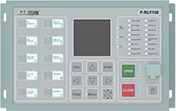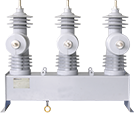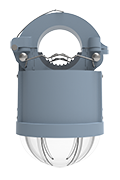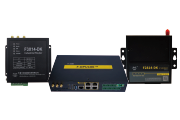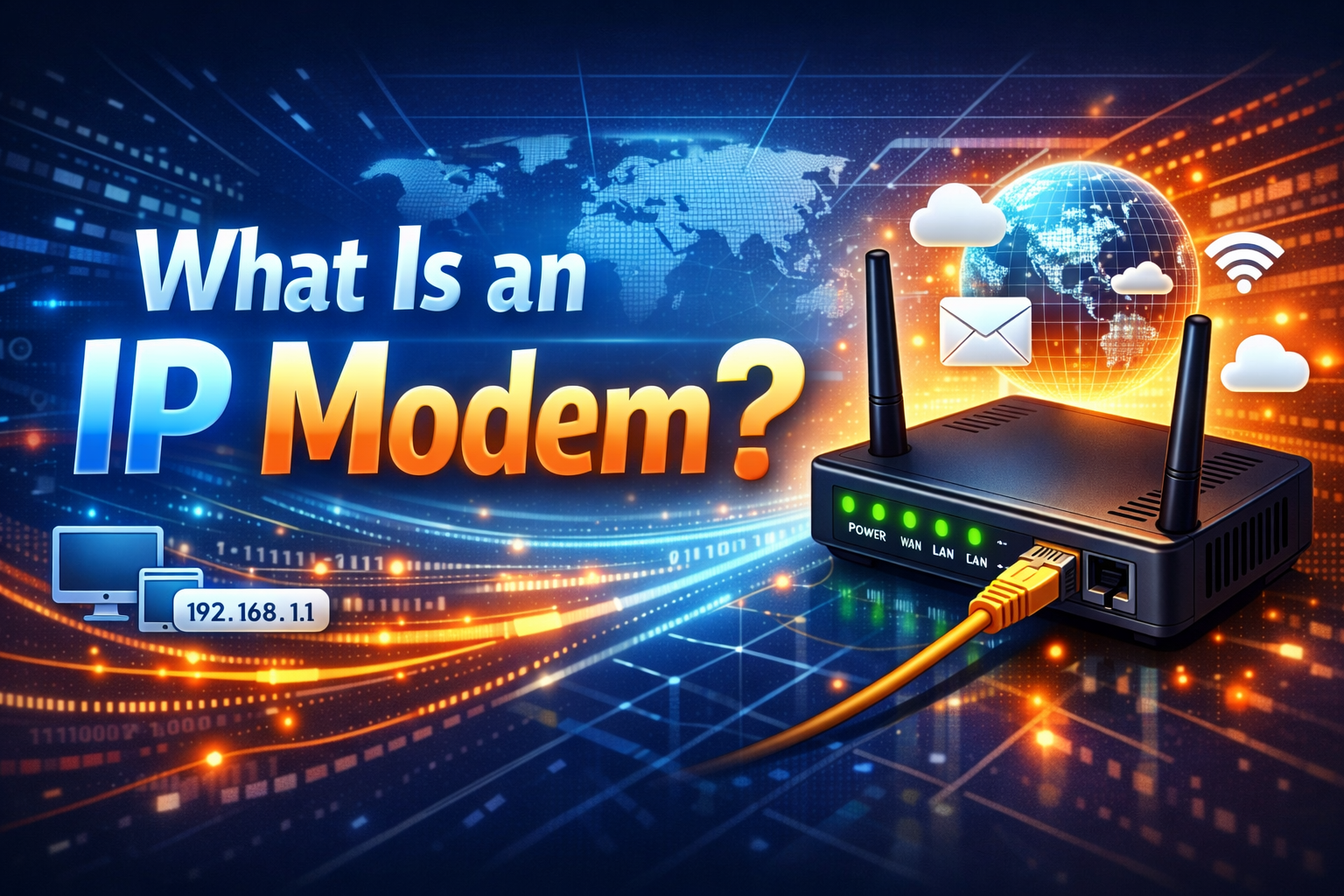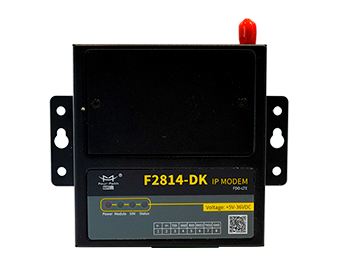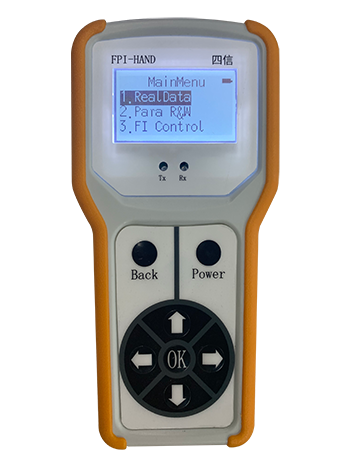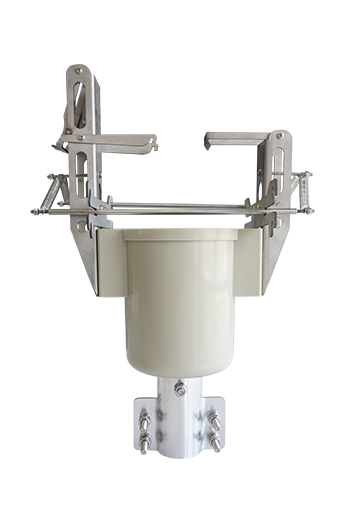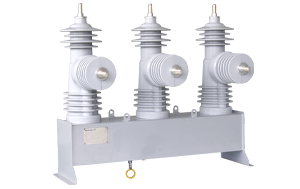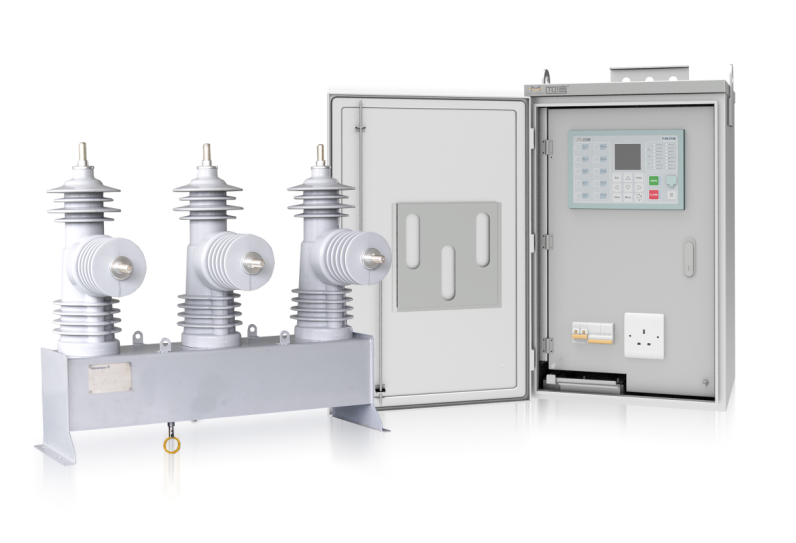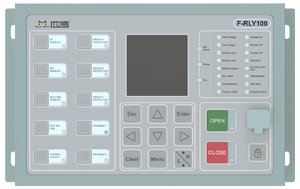News
Transmission Line Usage Guide! Wires Used to Transmit Electrical Energy and Signals
Date:2022-11-15
Transmission line A wire-like structure of equipment that transmits electromagnetic energy. It is an important part of the telecommunication system and is used to transport information-carrying electromagnetic waves from one point to another along the route specified by the transmission line.
A guided wave structure that transmits electrical energy and/or electrical signals in the transverse electromagnetic (TEM) mode. Transmission lines are characterized by their lateral dimensions being much smaller than the operating wavelength. The main structural types are parallel double-conductor, parallel multi-conductor, coaxial line, stripline, and microstrip line working in quasi-TEM mode, etc., all of which can be used for circuit analysis with the help of a simple two-conductor model. Various waveguides that transmit TE mode, TM mode, or their mixed modes can be considered as generalized transmission lines. The distribution law of the electromagnetic field in the waveguide along the propagation direction is similar to that of the voltage and current on the transmission line, and can be analyzed from the viewpoint of the equivalent transmission line.

1. The effect of transmission lines
The quality of the cables connecting each device in the audio system will directly affect the sound quality and sound reproduction quality of the audio system. The influence of the transmission line on the sound signal is not limited to DC resistance. Due to the influence of distribution parameters, skin effect, multi-core wire distortion and other factors, the accompanying eddy current loss and electromagnetic induction will have a certain destructive effect on the sound quality, resulting in different frequencies. As the signal travels through the wire, the impedance varies and the amount of phase shift varies. The effect of a transmission line on the acoustic signal depends on the conductor conductor material (such as copper, oxygen-free copper, gold, aluminum, etc.), the wire geometry (such as wire diameter, number of strands, twisting method, wire outer insulation material), and wire technology. craftsmanship, etc. Under the premise of meeting the requirements of use, the transmission line should be as short as possible and have good contact with the equipment, and pay attention to shielding and anti-interference issues, and minimize the loss of sound signals (including amplitude, frequency and phase losses). Commonly used transmission lines have audio shielding cable, digital cable, speaker cable, etc.
2. Other uses of transmission lines
A transmission line can also be described as a wire used to transmit electrical energy and signals.
A transmission line is a device used to guide electromagnetic waves.
3. Equations for Transmission Lines
3.1 Definition of Transmission Line
Also known as the telegraph equation, it is a system of differential equations that describes the relationship between the voltage U and the current I on the transmission line. According to the point of view of distributed parameter circuit, a small section of transmission line can be equivalently composed of distributed resistance R1 (ohm/meter), distributed inductance L1 (henry/meter), distributed conductance G1 (west/meter) and distributed capacitance C1 (farad/meter) For the T-shaped network composed of equal lumped elements (for lossless lines, R1=G1=0), the actual transmission line is represented as a cascade of equivalent networks of each segment.
3.2 Impedance matching of transmission lines
The purpose is to make the maximum power transfer from the transmission line to the load, that is, the load impedance is required to be equal to the characteristic impedance of the transmission line, correspondingly |Γ|=0 (or ρ=1). If the load impedance is not equal to the characteristic impedance of the transmission line, it is necessary to connect an impedance converter between the output end of the transmission line and the load, so that the input impedance of the latter acts as an equivalent load and is equal to the characteristic impedance of the transmission line, so as to realize the transmission line |Γ|=0. The role of the impedance converter is essentially to artificially generate a reflected wave to offset the reflected wave of the actual load. In practical problems, the impedance matching between the input end of the transmission line and the signal source also needs to be considered.
Impedance matching in high-frequency feeding systems is very important. Impedance mismatch will reduce the power delivered to the load; it is easy to cause breakdown when transmitting high power; and because the reactive component of the input impedance changes with position, it has a frequency on the signal source. traction.
3.3 Application of Transmission Line
Transmission lines are not only used to transmit electrical energy and electrical signals, but also constitute reactive resonant elements. For example, a terminal shorted or open transmission line with a length of less than 1/4 wavelength has an input impedance of inductive or capacitive reactance; a shorted line of variable length can be used as a matching element (stub matcher). Another example is a short-circuit or open-circuit with a length of 1/4 wavelength, which is equivalent to a parallel or series resonant circuit, respectively, and is called a resonance line; the input impedance of the 1/4-wavelength short-circuit line is infinite, which can be used as a metal insulating support. In addition, the delay characteristics of distributed parameter transmission lines can also be used to make circuit elements such as simulation lines.
4. Classification of transmission lines
According to the characteristics of transmission medium and structure, transmission lines can be divided into two-line transmission lines, microstrip transmission lines, waveguide transmission lines, surface wave transmission lines and optical fibers.
4.1 Two-wire transmission line
It consists of two parallel conductive metal wires (usually copper, steel or aluminum wires) that transmit transverse electromagnetic waves. According to the structure, it can be divided into two types: symmetrical type and coaxial type. The overhead open wires, various twisted pair cables and star-twisted cables widely used in our country are all symmetrical two-wire transmission lines. Medium coaxial and small coaxial cables are coaxial two-wire transmission lines.
As the frequency increases, both the metal loss and dielectric loss of a two-wire transmission line increase rapidly. In addition, the lateral size of the transmission line cannot be ignored compared with the wavelength, which puts forward more stringent requirements on the manufacturing process and maintenance standards of the equipment. Especially in the open electromagnetic field of the symmetrical two-wire transmission line, the coupling between the loops is also more serious. Therefore the transmission frequency is lower. my country's high-frequency symmetrical cables generally open a 60-channel carrier system with a frequency below 252kHz; medium coaxial cables generally open a 1800-channel carrier communication system with a frequency of 8.5MHz.
4.2 Microstrip Transmission Line
An asymmetric transmission line used in the microwave band to transmit quasi-TEM waves. There are many forms of structure and different performance uses. The structure of the standard microstrip is that a layer of dielectric substrate is attached to the wider ground metal strip, and a narrow metal strip is attached to the other side of the substrate. A standard microstrip line is a transmission line commonly used in microwave integrated circuits.
4.3 Waveguide Transmission Line
A non-TEM wave transmission line composed of hollow conductive metal tubes used in microwave band. The waveguide is usually made of good conductors such as red copper and brass, and the inner wall is often plated with a layer of silver with excellent conductivity, so that the tube wall has a high conductivity. The shape of the waveguide mainly includes a circle, a rectangle and an ellipse.
Due to the large conductive area and high conductivity of the tube wall, the waveguide tube has relatively small metal heat loss, and there is no radiation loss (because the field is closed) and dielectric loss (because there is no solid medium in the tube). Generally used in centimeter wave and millimeter wave band.
4.4 Surface wave transmission line
A waveguide composed of a single metal conductor with a circular cross-section, also known as a high-envelope. The surface of the conductor is covered with a certain dielectric material with different electrical properties from the inner conductor, which can be suspended in the open air to guide the electromagnetic wave to be transmitted along the surface of the transmission line.
4.5 Optical fiber transmission line
A transmission line that uses an optical fiber as a transmission medium to guide light in the optical fiber along the path specified by the optical fiber. According to the different transmission modes, it can be divided into two types: single-mode fiber and multi-mode fiber. Optical fiber transmission line has many technical advantages such as large communication capacity, long transmission distance, no electromagnetic interference, strong corrosion resistance, light weight, etc. It is a widely welcomed transmission line that appeared in the 1970s.
5. Characteristics of Transmission Lines
5.1 Uniformity of Transmission Lines
The shape of the cross section of the transmission conductor, the materials used, the spacing between the conductors and the medium around the conductors remain uniform over the entire length of the line, which is called a uniform transmission line. Otherwise it is called an uneven transmission line. The primary parameters of a uniform transmission line are evenly distributed over the entire transmission line, and their values do not change with the location of the point under investigation.
The deviations that may occur in the manufacturing and construction process of the transmission line are stipulated with the necessary allowable range. If the nonuniformity deviation does not exceed these specifications, it can be regarded as a uniform transmission line.
5.2 Performance parameters
It is usually described by attenuation coefficient, phase shift coefficient, characteristic impedance, or other parameters corresponding to it. Its value is only related to the structure of the transmission line, the geometric size, the material used to manufacture the transmission line, and the operating wavelength (or operating frequency).
6. Crosstalk in Transmission Lines
Crosstalk, also known as "intermodulation interference", is mainly derived from the mutual inductance and mutual capacitance formed between two adjacent conductors, as shown in the figure. Crosstalk will become more and more serious as the layout density of printed boards increases, especially long-distance bus structures and signal lines with high frequency and high strength are more prone to crosstalk. This phenomenon is caused by the coupling of energy from one transmission line to the adjacent transmission line through parasitic parameters such as mutual inductance and mutual capacitance, so crosstalk is actually a typical EMI problem.
Crosstalk includes capacitive coupling and inductive coupling. Capacitive coupling (capacitive crosstalk) is usually because a trace is above another trace or a reference layer. The effect of this crosstalk is less between parallel lines, and there is a mutual capacitive effect between two longer traces. When the voltage on one of the wires changes, capacitive crosstalk occurs on the other wire. That is, a small positive pulse will appear, as induced by a change in the power supply voltage; inductive coupling (inductive crosstalk) is the effect of the antenna effect caused by the inductance of the wiring and the effect of the common impedance between the signals on different loops. Crosstalk occurs when the magnetic field of a wire induces a signal on an adjacent signal. As long as there is a magnetic field caused by the switching current, a transient coupling voltage is generated. Generally, the crosstalk of microstrip line is more serious than that of strip line.
Depending on where the crosstalk occurs, crosstalk can be divided into forward crosstalk and backward crosstalk. When the signal is transmitted from the source to the load, forward crosstalk will occur; if the signal is reflected to the source, backward crosstalk will occur. Mutual capacitive coupling is positive for forward crosstalk and negative for backward crosstalk. In general, backward crosstalk has a greater impact on the system than forward crosstalk.
Crosstalk can occur not only on clock or periodic signal lines, but also on data, address, control, and LO traces and must be avoided as much as possible. Crosstalk values are related to dielectric constant, line width and spacing.
In order to avoid the occurrence of crosstalk in the PCB board, the following wiring suggestions are recommended.
6.1 Provide correct termination impedance to eliminate backward crosstalk.
6.2 Minimize the wiring length as much as possible.
6.3 Avoid parallel wiring layouts, and ensure that there is a certain interval between the wirings, thereby reducing the coupling between the wirings.
6.4 Reduce the impedance of the trace and the drive level of the signal.
6.5 Try to isolate signals with poor EMI such as clock and high-speed interconnection.
6.6 Reduce the distance between devices, and the device layout is reasonable.
6.7 Sensitive devices should be kept away from I/O interconnect interfaces, clocks, and areas susceptible to data interference and coupling.

